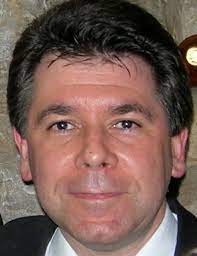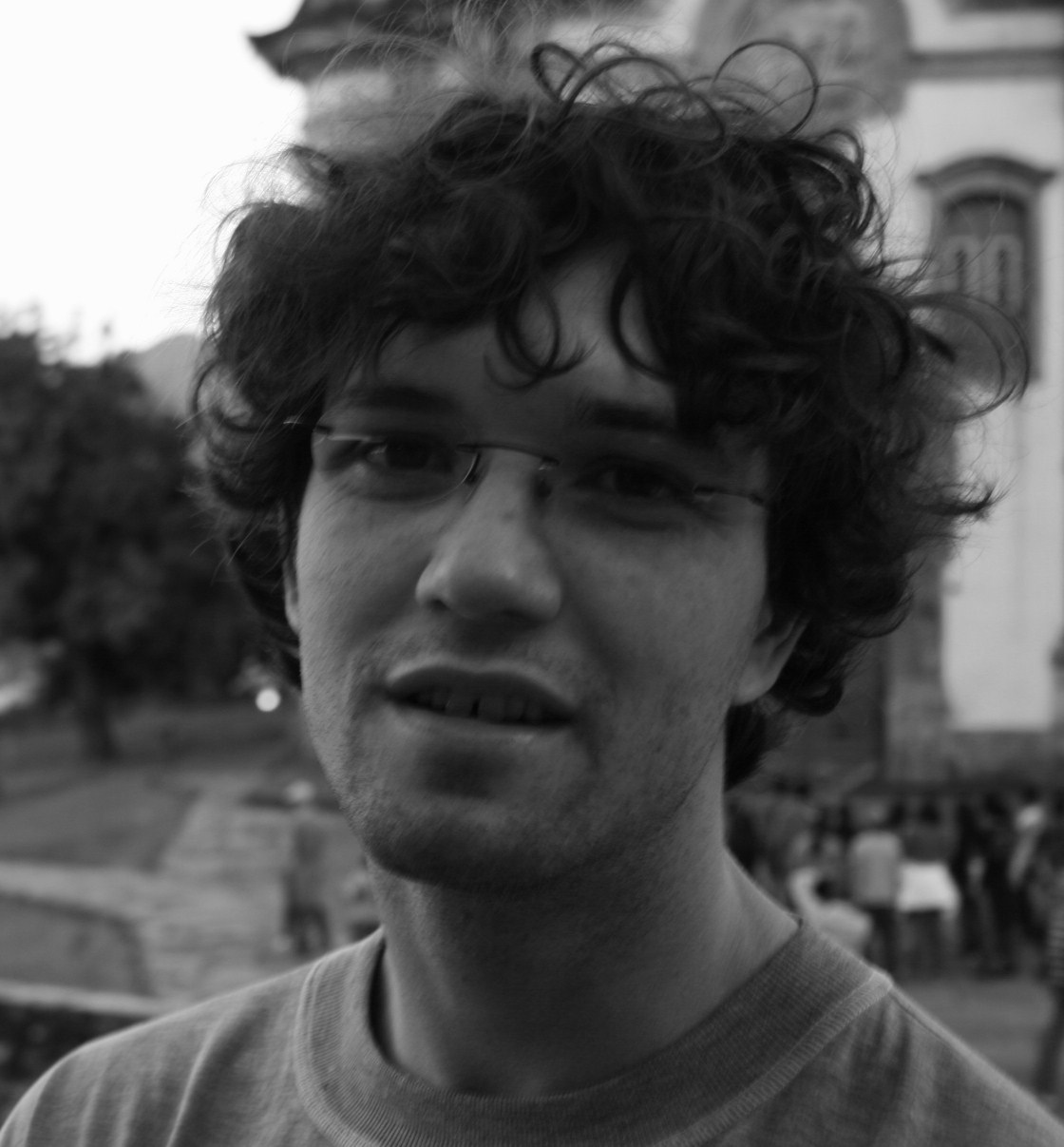Networks - Complements and Applications
Professors
Prerequisites:
Probability Theory, Random Variables, Random PRocesses; Use of the Laplace and z transforms for the solution of linear differential and difference equations; for the laboratory part basic pre-requisites on networking are required and use of linux and python.
Pedagogical objectives:
The aim of the course is to present the “classical” methods for the performance analysis of discrete state systems both in the discrete and continuous time cases: experimental network emulation using mininet gives the opportunity to validate the models on packet switching networks.
Evaluation modalities:
Final exam as either oral or written exam.
Possible continuous monitoring evaluation.
Description:
The course presents the fundamental concepts related to traffic theory and engineering in modern telecommunications networks. Discrete-state Markov processes (chains) are introduced both in discrete and continuous time. The elementary and intermediate theories of queues, useful for the treatability of the basic models of wait and loss systems, are introduced. They will be used for the stochastic analysis of packet and circuit switched networks. The discussion of the fundamental performance indexes is presented using, where needed, the analysis in a transformed domain (Laplace, Zeta).
Topics:
- Markov processes in discrete state a. Discrete-state Markov processes and discrete time Markov chains b. Discrete-state Markov processes and continuous time.
- Punctual processes a. Pure birth and pure death Processes b. Bernoulli process with continuous time and discrete time c. Poisson Process.
- Birth and death processes; a. Ergodicity conditions b. Evaluation of first and second order momentums.
- Basics on network traffic analysis a. Stochastic models b. Deterministic models c. Not stationary traffic. Definitions TCBH, ADPH 5) Markovian Queues a. Kendall notation; Geo / Geo / 1, M / M / Ns, M / M / Ns / 0, M / M / 1 / Nw; b. Formula B of Erlang, Formula C of Erlang, Formula of Engset. c. Problems and relative solutions for the numerical calculation of the Erlang B and Erlang C formulas.
- Non-Markovian Queues: a. The treatment of a simple non-Markovian queue: the M / G / 1 queue; b. the embedded Markov chain; queueing analysis in asymptotic regime. c. M / G / 1 queues with user classes and priorities.
- Networks of queues: a. Open and closed Markovian networks of queues. Open Networks of queues. b. Burke theorem. Queues with feedback. Jackson theorem. c. Closed markovian networks of queues. Gordon-Newell theorem.
complementary content:
Adoption of software defined networks (SDN) techniques for the splitting of control and data plane in packet switched networks; network impairments. Network simulation and measurement solutions.
Topics
- Software Defined Networking
- Openflow architecture, SDN Match&Acts, Counters, Controllers.
- Network measurements techniques using Mininet
- Discrete-event simulation and experiments using ns3.
- Active network measurements.
- Passive network measurements.
[books] Raj Jain : The art of computer systems performance and analysis. Kishor S. Trivedi : Probability and Statistics with Reliability, Queuing, and Computer Science Applications. James F. Kurose and Keith W. Ross : Computer networking: a top-down approach. Recording of the lessons. Access to the One Note Lectures.
Devices:
- Laboratory-Based Course Structure
- Open-Source Software Requirements

